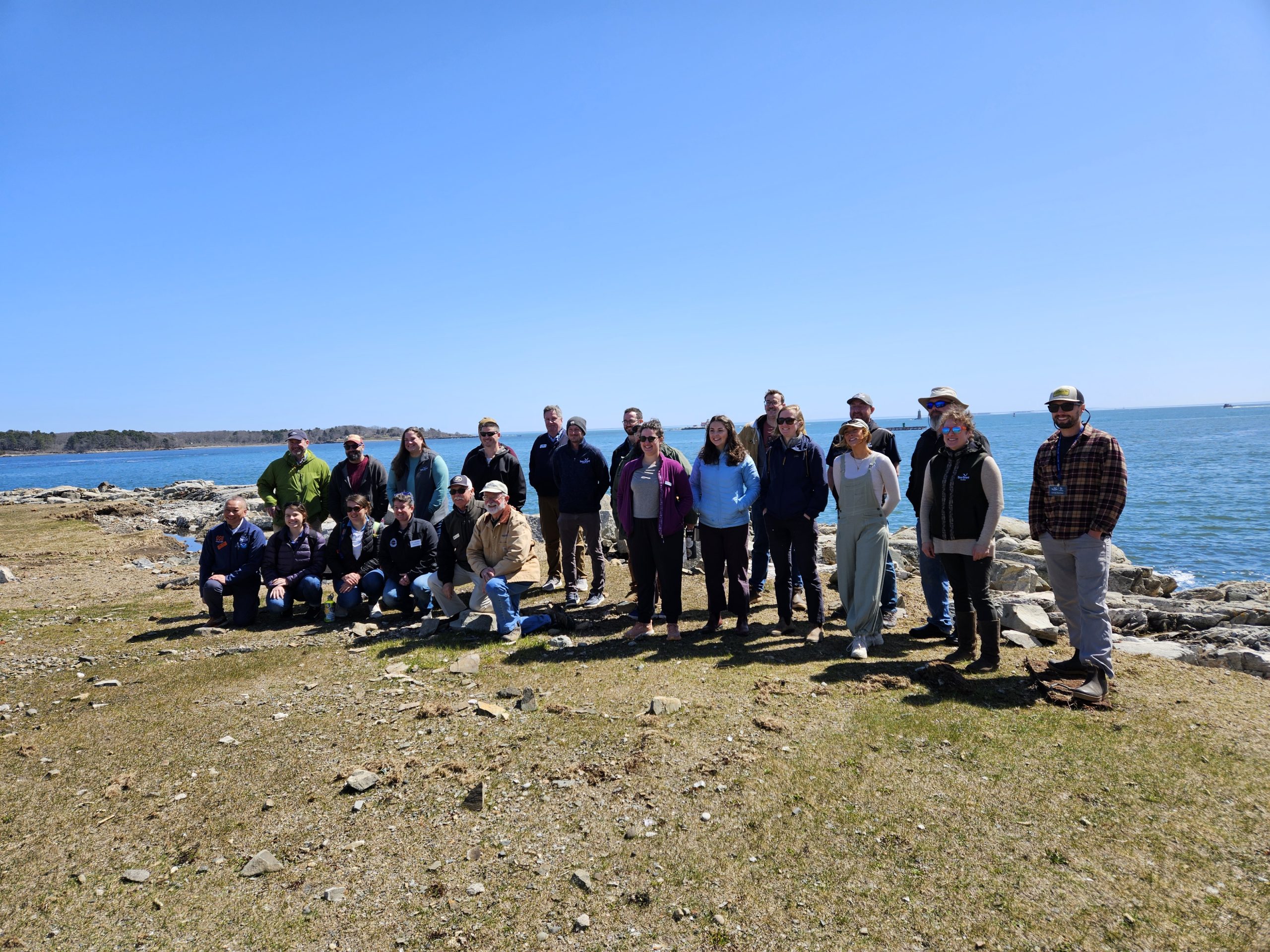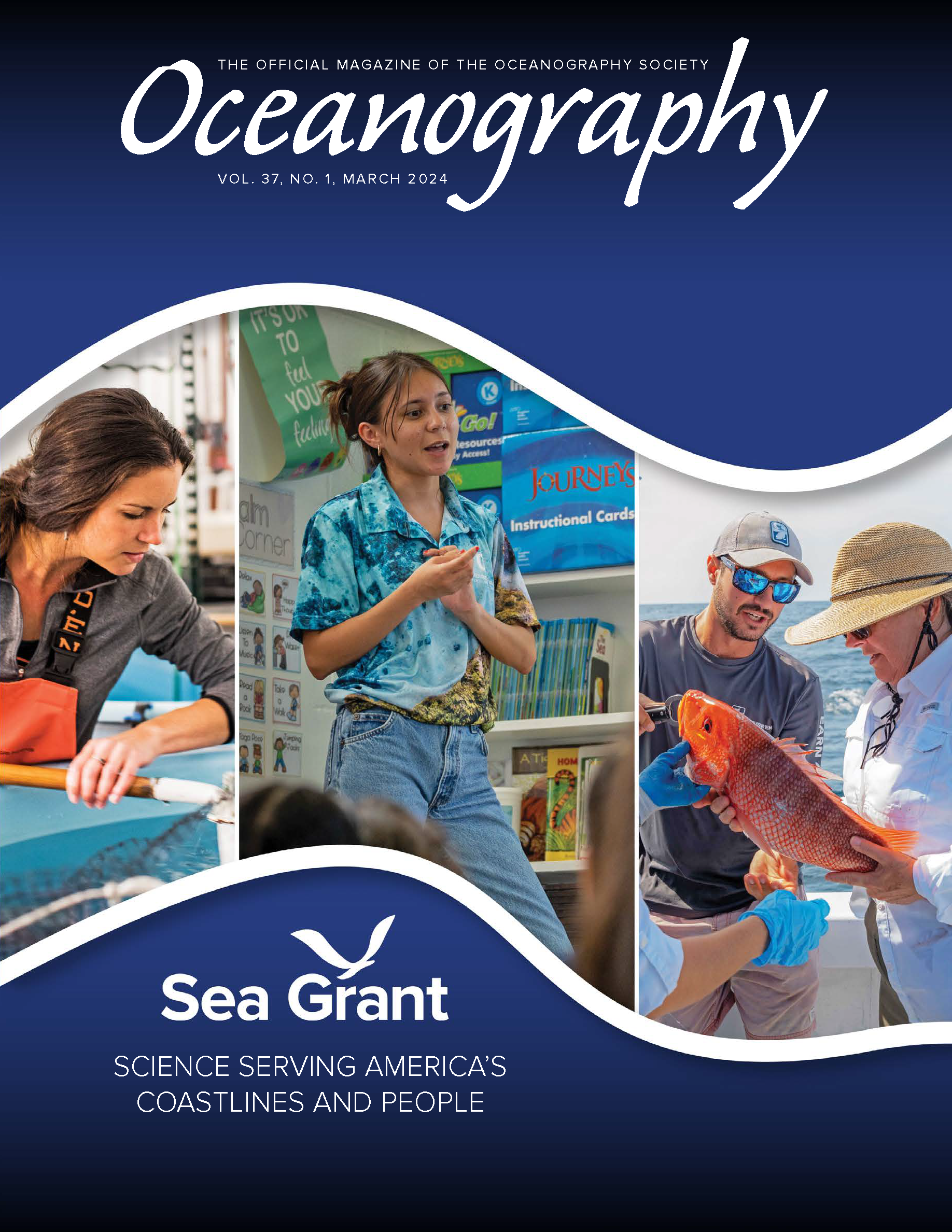World Water Day offers a chance to reflect on the important role water plays in our daily lives. Freshwater, in particular, is a precious resource that requires conservation and protection. From water quality to water availability, Sea Grant is addressing key water issues and helping to enact sustainable water management practices throughout the country.
Georgia Sea Grant is mapping residential septic systems in 11 counties in an effort to identify potentially failing septic systems and prevent contamination of groundwater supplies. Septic failures, which can cause bacteria and viruses to enter water supplies, are likely to increase as sea level rises. At North Carolina Sea Grant, Lise Montefiore also examines threats to groundwater, specifically how water quality patterns relate to densities of industrially-owned hog facilities. “If we don’t have water, we cannot live. We cannot have food. It’s a very critical resource,” Montefiore says.
These sentiments are echoed in the Pacific, Midwest and Gulf regions. On the West Coast, Washington Sea Grant leads Pumpout Washington, which provides free sewage pumpout services for recreational boaters, to protect water quality in areas like Puget Sound. Around Lake Erie, Ohio Sea Grant researchers are exploring the role that nitrogen plays in harmful algal blooms, like those that have previously threatened water supplies across Ohio. To teach communities about best practices and policies for reaching clean water goals, a coastal version of the Watershed Game is being developed through a collaboration between Minnesota, Mississippi-Alabama, Louisiana and Georgia Sea Grant. In addition to expanded geographic representation and use, the new model adds excess nitrogen as a pollutant of concern to the original game.
Water is especially valued in Hawaiʻi, where future challenges due to rainfall patterns and sea-level rise will affect groundwater supplies. Researchers with Hawaiʻi Sea Grant are modeling how water flows through aquifers to equip water resource managers with the tools needed to conserve water.
Equally important is ensuring that water is accessible to all. “Water utilities around the country increasingly need to balance their goals of recovering costs while keeping water flowing for those least able to pay,” said Margaret Schneemann, Illinois-Indiana Sea Grant water resource economist. Schneemann helped lead Illinois-Indiana Sea Grant’s study of water affordability issues in northeastern Illinois, which informed the City of Chicago’s new Utility Billing Relief program for low-income residents.
Not only on World Water Day but everyday, Sea Grant is dedicated to the practical use and conservation of coastal, marine and Great Lakes resources.


